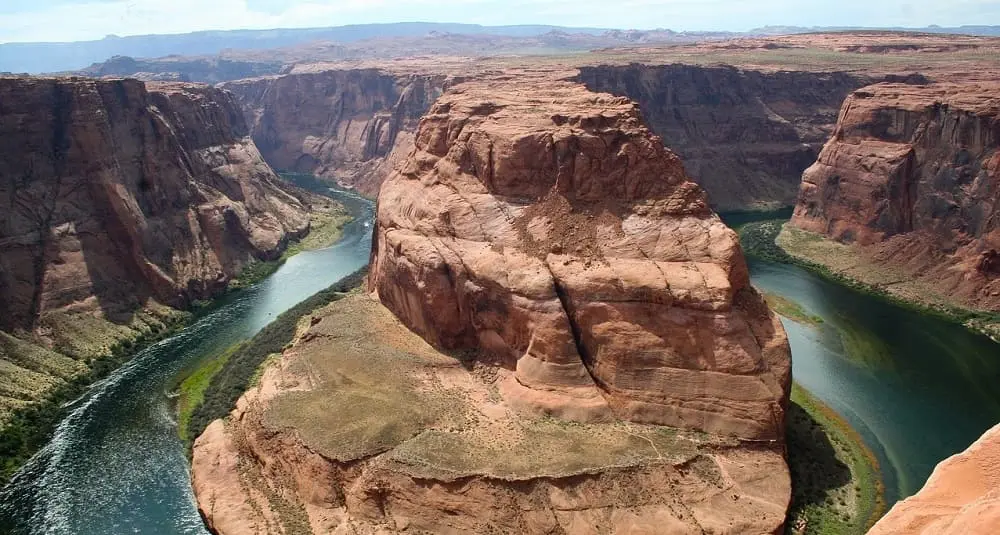Which river crosses the Grand Canyon?
Last Updated:
The Grand Canyon, located in northwestern Arizona, is one of the world’s most impressive natural wonders. This immense gorge, 450 kilometers long, 5.5 to 30 kilometers wide and over 1,600 meters deep in places, has been sculpted by the Colorado River over millions of years.
The Colorado River rises in the Rocky Mountains of Colorado and flows for some 2,334 kilometers before emptying into the Gulf of California in Mexico. Its course crosses several American states, including Colorado, Utah, Arizona, Nevada and California, and plays a crucial role in the region’s water and energy supply.
Around 5-6 million years ago, the uplift of the Colorado Plateau intensified the erosion caused by the river, accelerating the deepening of the canyon. Glacial periods also altered the river’s flow and course, influencing the canyon’s depth and shape.
Today, the Colorado River continues to shape the Grand Canyon landscape, although its flow is regulated by several upstream dams, including Glen Canyon Dam, which formed Lake Powell, and Hoover Dam, which created Lake Mead. These infrastructures provide hydroelectricity, water for irrigation and urban supply, but also have an impact on the river and canyon ecosystems.
The Colorado River and Grand Canyon are home to unique biodiversity. The riverbanks are essential habitats for numerous plant and animal species. For example, the California condor, one of the world’s largest flying birds, has been reintroduced to the region and can be seen soaring over the gorge. The river’s waters are also home to endemic fish species, adapted to the Colorado’s particular conditions.
The Grand Canyon is a popular destination for millions of visitors every year. Popular activities include hiking on scenic trails, rafting on the Colorado River, which offers a unique perspective from the canyon floor, and observing spectacular geological formations. Viewpoints such as Yavapai Point and Mather Point on the South Rim offer iconic panoramas of the canyon.
Preserving the Colorado River and the Grand Canyon is essential to maintaining this fragile ecosystem and exceptional natural heritage. Challenges include water management in the face of growing demand, the impact of climate change on the river’s flow and habitat conservation for endangered species. Ongoing efforts are needed to protect this natural wonder for future generations.
The Colorado River is the main architect of the Grand Canyon, sculpting it over the millennia. Its course through the canyon offers breathtaking scenery and bears witness to the power of natural erosion. The relationship between the river and the canyon illustrates the dynamic interplay between water, rock and time, creating one of our planet’s most iconic sites.
You may also be interested in
geography

Which river crosses the Grand Canyon?
Answer
The Colorado River flows through Arizona's Grand Canyon, carving 446 km of deep, spectacular gorges that bear witness to millions of years of erosion.